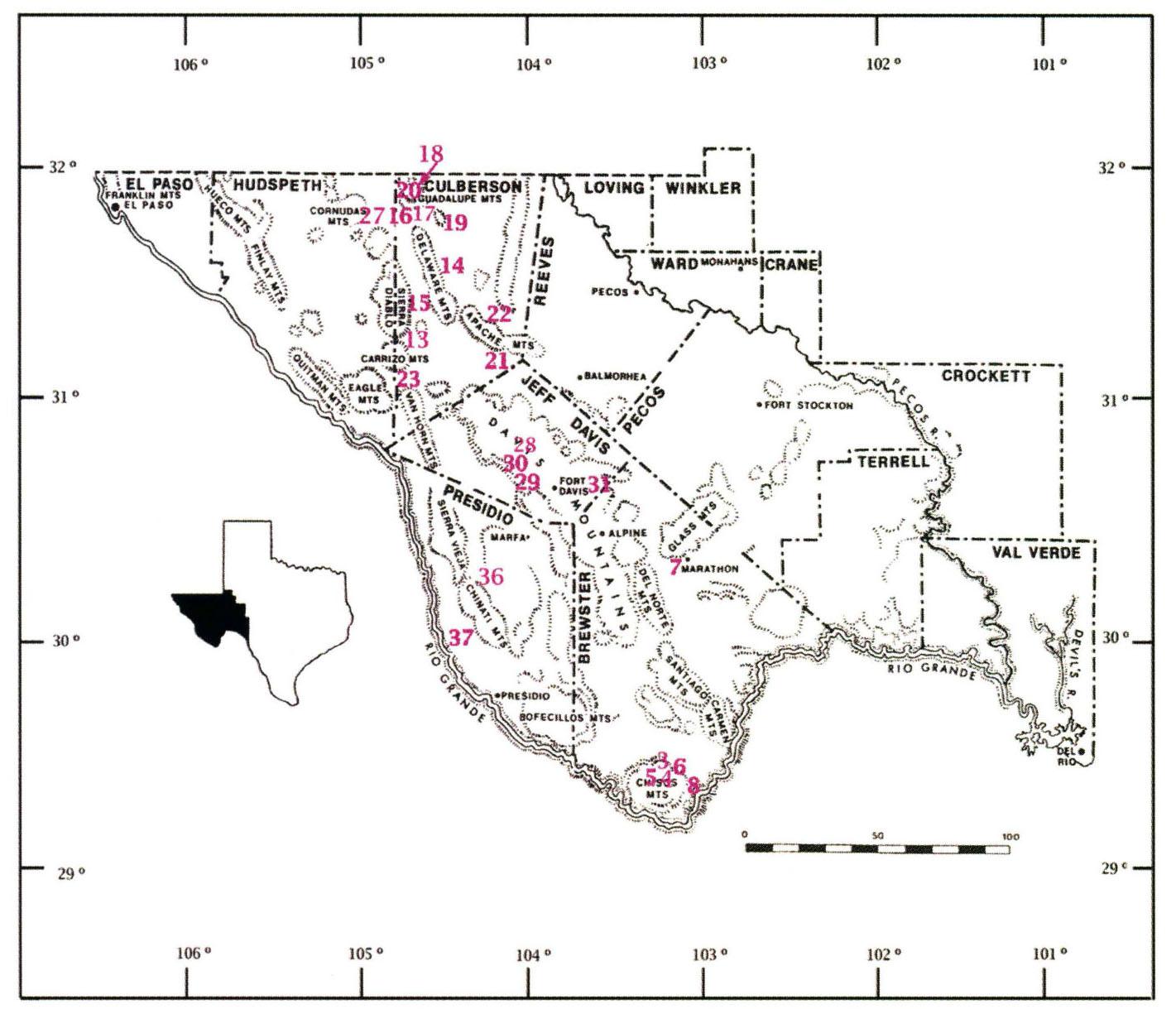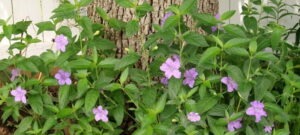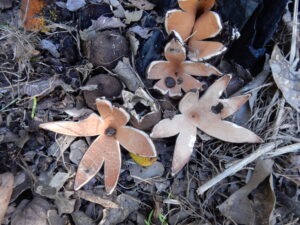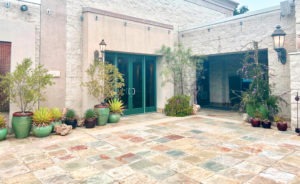In honor of International Women’s Day 2019, on March 8, 2019, BRIT Library highlighted the botanist Mary Sophie Young.
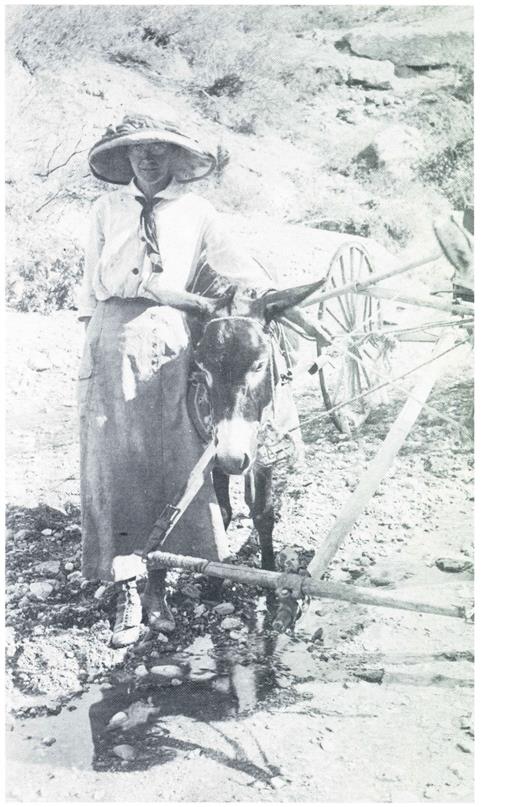
As one of the earliest botanists at University of Texas, Mary Sophie Young’s extensive collecting throughout Texas greatly contributed to the flora of Texas as well as the holdings of the University of Texas herbarium. The estimated number of her collection is thought to be in the vicinity of 10,000. Young was born in Glendale, Ohio, in 1872. She earned her B.A. at Wellesley College in 1895 and her PhD from the University of Chicago in 1910. In 1912, she became the curator of the University of Texas at Austin herbarium as well as a faculty member in the botany department.
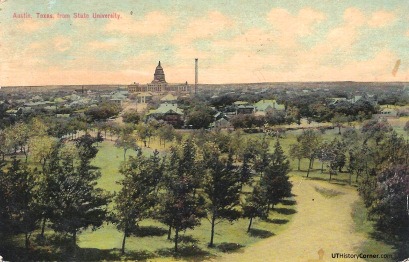
Young’s collecting included excursions around Austin as well as more lengthy summer collecting trips throughout Texas from 1914-1917, details of which are recorded in her field notebooks, which are held at the University of Texas, Austin.
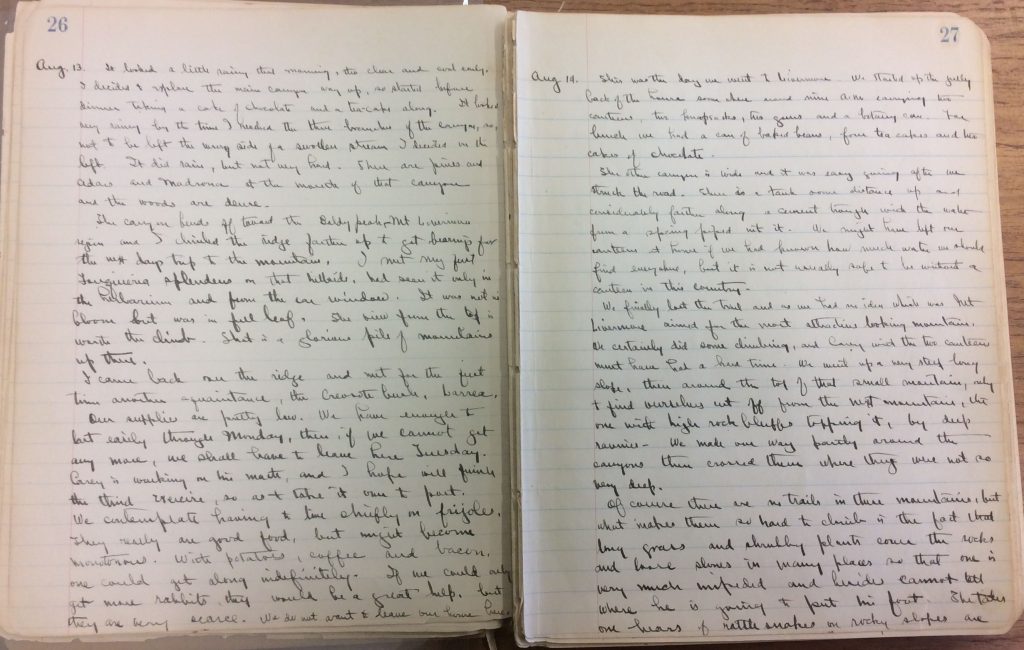
Part of what Young’s field book accounts provide is a sense of the flora and geography of Texas at the time: “We reached the base of the first rock bluff and found ourselves quite able to walk along on the level, … Botanically, it is quite different than what I have seen. It was beautifully painted with orange, yellow, and gray lichens, and decorated in every crevice with very many plants, ferns, selaginellas, liverworts, beside more hardy crevice plants. Pine trees appear in some of the more broken portions as apparent crevice plants. The talus slope at the base was a tangle of grapevines, wild tobacco (?) mentzelia, composites of various kinds that concealed the rocks…” In this way, Young’s field book entries give the reader a sense of what it was like to encounter these plants for the very first time.
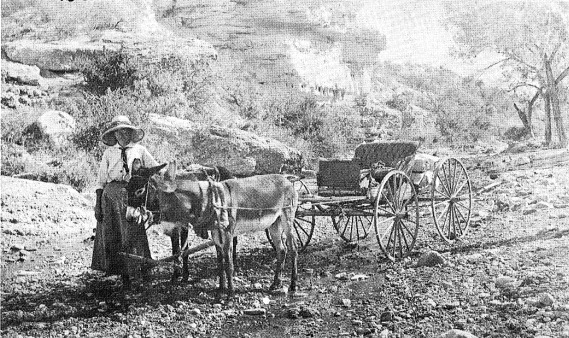
Sources:
Bonta, Mary Myers. American Women Afield. College Station, Texas A &M University Press, 1995. 152-160.
Elmer, Nicole. “Explorer And Botanist: Mary Sophie Young.” Department of Integrated Biology. College of Natural Sciences. University of Texas at Austin. 2 Jan 2017. https://integrativebio.utexas.edu/about/history/mary-sophie-young.
Mary Sophie Young Papers, 1914-1918. Dolph Briscoe Center for American History. University of Texas, Austin.
Todzia, Carol A. “The Texas Plant Collections of Mary Sophie Young.”Lundellia. 1998. https://doi.org/10.25224/1097-993X-1.1.27
Young, Mary Sophie. Papers. Eugene C. Baker Texas History Center. University of Texas, Austin.

